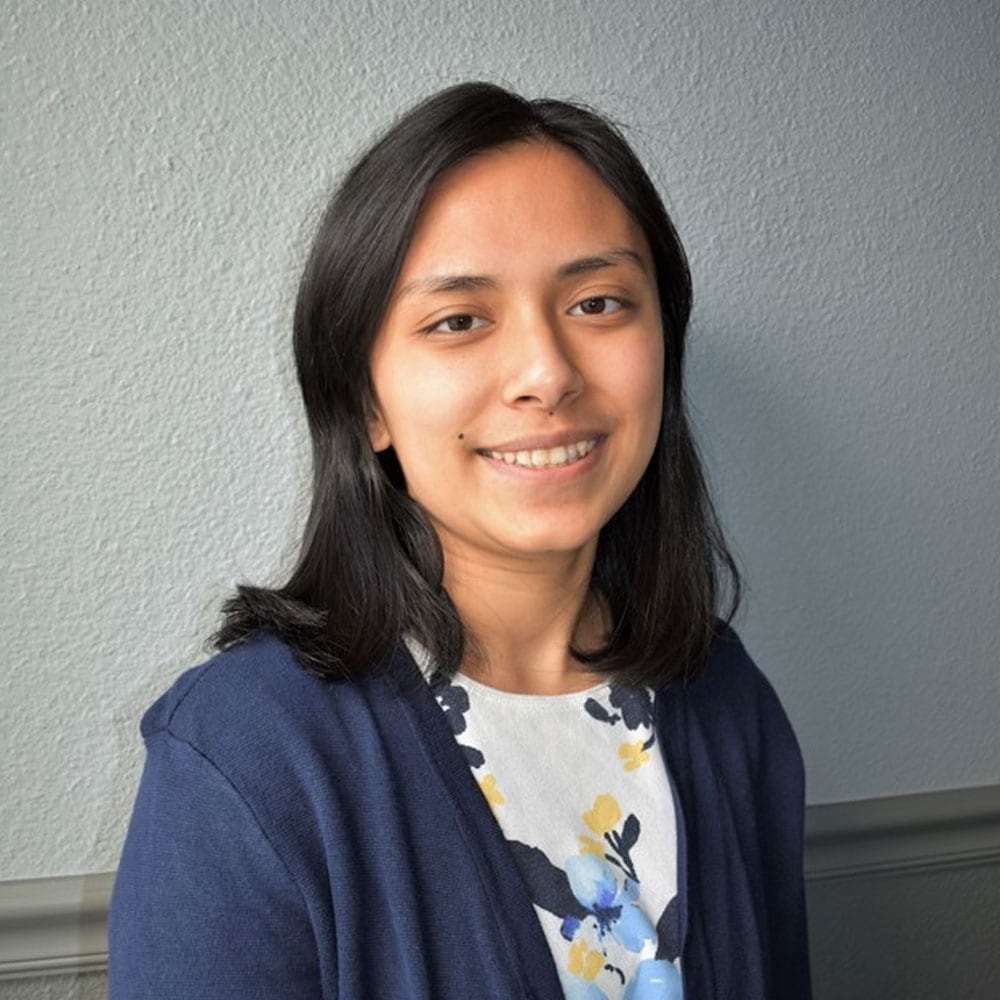
News
-

Frontiers of AI Event
We hosted an exciting evening discussing the latest trends shaping the future of AI. Nate Lambert, Alessio Fanelli, and Dylan Lambert discussed cutting-edge innovations and real-world applications, and talked about their near-term AI predictions. To see a recording of…
-

NLP Alum: Diji Yang
In anticipation of celebrating the Five Year Anniversary of the NLP MS program, we recently caught up with alum, Diji Yang, class of 2022. After graduating from the MS program, Diji contiuned his educational journey at UC Santa Cruz…
-

Diving into the NLP Capstone Experience: A First-Hand Look at NLP 271A
At UCSC, NLP MS students design, create, implement, and present NLP Capstone projects to address real-world NLP topics. In a 15-unit course sequence taught over two quarters, students work on teams mentored by industry professionals and UCSC faculty to…
-

UCSC Goes to ACL 2023
It’s a fascinating time to work in natural language processing. In recent years, we’ve witnessed incredible advances in AI and a growing global interest in the NLP methods and technologies driving recent innovations. This year, industry experts and research…
-

Making a Smooth Move to Silicon Valley
If you are relocating to Silicon Valley, you are not alone! Many students before you have done the same. In this post, Pranjali Basmatkar (NLP student 2022-2023), shares her advice for moving to Santa Clara, California. Please note that…
-

UCSC Silicon Valley Campus Virtual Tour
Check out this virtual tour of the UCSC Silicon Valley Campus (SVC) created by one of our amazing NLP Student Ambassadors.
-

Faculty: Jeffrey Flanigan
Jeffrey earned his Bachelor’s degree in physics and mathematics from University of California, Santa Barbara, and a Master’s degree in theoretical physics from Caltech. With a strong mathematical background and a great passion in Computer Science and Artificial Intelligence,…
-

Faculty: Jalal Mahmud
Jalal Mahmud brings deep natural language processing (NLP) expertise to the University of California, Santa Cruz. He’s been a research scientist at IBM since completing his Ph.D. in computer science at SUNY Stony Brook in 2008. Since 2014, he has…
-

Faculty: Dilek Hakkani-Tür
Dilek Hakkani-Tür is a distinguished visiting instructor at UC Santa Cruz and a senior principal scientist at Amazon Alexa AI. She brings deep Natural Language Processing expertise and practical experience to the program. Dr. Hakkani-Tür received an MS (1996) and…
-

Faculty: Yi Zhang
Department: Computer Science and EngineeringGraduate Institution: Carnegie Mellon University Dr. Zhang’s career straddles two worlds. In the first, she’s an academic, a professor of Computer Science and Engineering at the Baskin School of Engineering at UC Santa Cruz. In the second, she’s…
-

Student Spotlight: Kaleen Shrestha
Department: Computer Science and EngineeringDegree Program: Natural Language Processing MSHometown: San Jose, CAUndergraduate Institution: University of California, Santa CruzGraduate Institution: University of California, Santa Cruz Kaleen Shrestha is a member of the inaugural class of Baskin Engineering’s new M.S. in Natural Language Processing (NLP)…
-

Student Spotlight: Adam Fidler
Degree Program: Natural Language Processing M.S.Undergraduate Institution: Brigham Young University, Utah Valley UniversityDepartment: Computer Science and EngineeringHometown: Salt Lake City, Utah Adam Fidler is a member of the inaugural class of Baskin Engineering’s new M.S. in Natural Language Processing (NLP). He spoke with…
-

Student Spotlight: Angela Ramirez
Degree Program: Natural Language Processing M.S.Undergraduate Institution: University of California, Santa CruzDepartment: Computer Science and EngineeringHometown: Atwater, California Angela Ramirez is a member of the inaugural class of Baskin Engineering’s new M.S. in Natural Language Processing (NLP). She is also an undergraduate alumna…
-

Student Spotlight: Cecilia Li
Degree Program: Natural Language Processing M.S.Undergraduate Institution: University of California, Santa CruzDepartment: Computer Science and EngineeringHometown: Chengdu, China Cecilia Li is a Baskin Engineering undergraduate alumna who is currently enrolled in UC Santa Cruz’s new M.S. program in natural language processing. She spoke…
-

Student Spotlight: Austin King
Graduate Institution: University of California, Santa CruzUndergraduate Institution: University of California, Santa CruzDepartment: Computer Science and EngineeringHometown: Sunnyvale, CA How did you choose this program? I went to UCSC for my undergraduate degree before starting the NLP program. I…
-

Student Spotlight: Nilay Patel
Degree Program: Natural Language Processing M.S.Graduate Institution: University of California, Santa CruzUndergraduate Institution: Florida State UniversityDepartment: Computer Science and EngineeringHometown: Tallahassee, Florida Nilay Patel is a member of the inaugural class of UC Santa Cruz’s new Master’s program in Natural Language Processing. During COVID,…